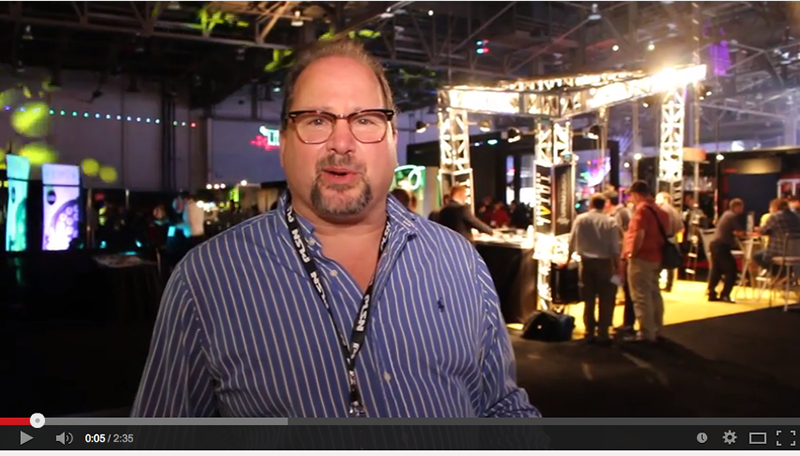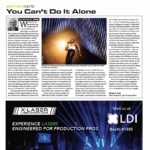
It’s LDI time, that magical month when the American public gets to view and often play with, new gear. We love walking the hallways of the convention center in search of the next thing that will augment our shows, but we have to admit it’s secondary to networking. Catching up with friends as well as meeting new ones is where the magic is. The fact is, hanging with so many like-minded people in one place at the same time is a treasure. Half of us are designers who use large rooms as our canvases, the other half are the people who invent new tools we can use to make that art.
This time of year also brings along what I like to refer to as the “double-wide,” an issue from PLSN that is packed full of so many stories that cross different lines in our trade. Whether we are lighting concerts, houses of worship, lighting for the camera or the theater, we have something for everyone.
Optical Pleasure
I’m always in the pursuit of a good story, with images that capture the eye. The eye is what gives us visual pleasure. Just like when you hear a piece of music that gives you intense aural pleasure, the musical interpretation by an artist designing visuals to that song can give you optical pleasure.
Designers have been known to talk about having the eye, as in a sense, rather than an object. Having an eye for design means that a designer has captured the spirit of a song or a magical moment in a theatrical performance. Having the eye means being able to visualize something magical on a blank canvas, and then bring that vision to life in a beautiful way.
Some folks are born gifted with the eye. Others have developed the eye through years of practice and watching others before them work. I was fortunate to work as a programmer for a designer named Peter Morse when I was young. Peter was born with the eye, as he started in this business before he had anyone to teach him his own skills. He just knew what he wanted to see, and I was merely a paintbrush for him. I recall a tour where he programmed a dozen beautiful songs, then he had to go away for a week. The singer added a song and needed it programmed. So I designed some light cues, feeling pretty proud of what I created. Then Peter came back and informed me we needed to tweak that song. He did so, and when done, the song looked a bazillion times better. He had the eye, and I didn’t.
People sometimes write to me and ask why I don’t cover more of the smaller shows out on the road and always seem to cover the bigger tours. The answer is usually simple enough in that the big tours hire designers who have the eye. But I still come across smaller shows with designers giving me amazing looking shows in a small theater. They indeed exist, and I am a firm believer that one does not need more than 30 to 40 movers to have an awesome-looking show. But most of the time, I get asked to write up these small shows, and the images don’t rise above mediocrity. There is nothing cool to wow the readers.
Last month a person sent me images of a show I had agreed to write up because they had a great original design concept. Unfortunately, the execution of the actual lighting was just dismal. The funny part was they included the best image I have ever seen of a light rig and band — taken from upstage of the set. Hopefully one day this person develops the eye and their show will look good from the front as well.


